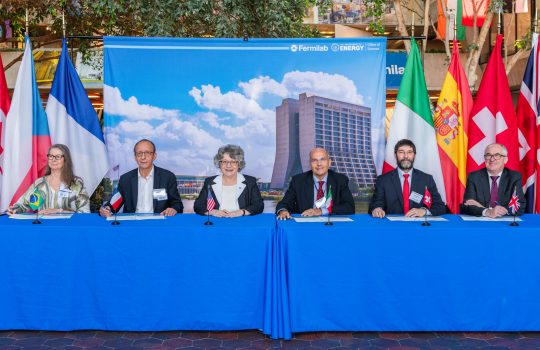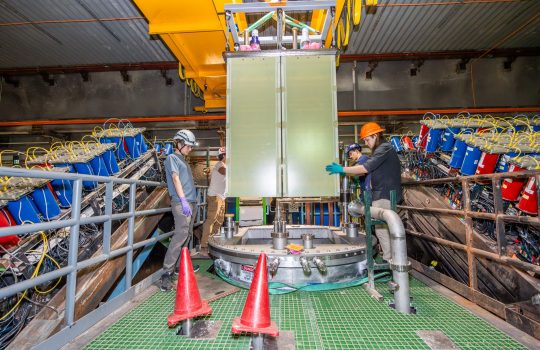First components for DUNE experiment in Lead
From the Black Hills Pioneer, Jan. 19, 2024
The first components for the Deep Underground Neutrino Experiment have arrived in Lead, SD. Starting this spring the LBNF/DUNE project team and officials at the Sanford Underground Research Facility will begin tests to ensure cryostats for the experiment can be safely lowered down the Ross Shaft.



